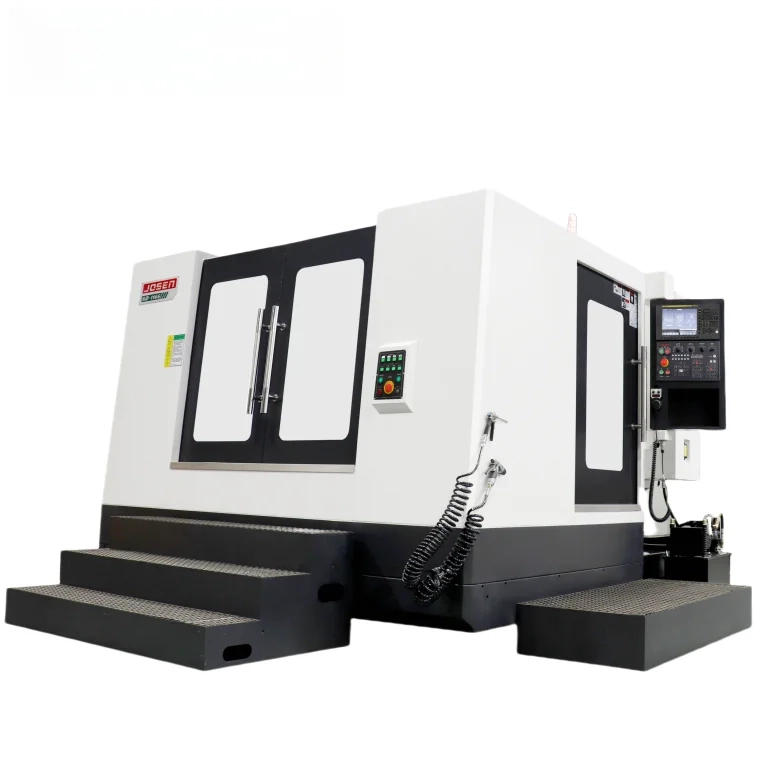In the rapidly evolving world of electronics, the ability to accurately identify electronic components is a crucial skill for engineers, technicians, and hobbyists alike. Whether you are designing a new circuit, repairing an existing device, or simply exploring the vast landscape of electronic parts, understanding how to identify components can save you time, enhance your projects, and improve your overall efficiency. This article delves into the methodologies, tools, and best practices for identifying electronic components effectively.
Understanding Electronic Components
Before diving into identification techniques, it’s essential to grasp the types of electronic components you may encounter. These components can be broadly categorized into passive and active components:
- Passive Components: These include resistors, capacitors, inductors, and transformers. They do not require an external power source to operate and are primarily used to store or dissipate energy.
- Active Components: These components, such as transistors, diodes, and integrated circuits (ICs), require an external power source to function and can amplify or switch electronic signals.
Step-by-Step Identification Process
Identifying electronic components involves a systematic approach. Here’s a detailed process to follow:
- Visual Inspection
The first step in identifying an electronic component is a thorough visual inspection. Look for:
- Markings and Labels: Many components have printed codes or values on their surfaces. For example, resistors often have color bands indicating their resistance value, while capacitors may display capacitance and voltage ratings.
- Physical Characteristics: Note the shape, size, and lead configuration. For instance, surface-mount devices (SMDs) differ significantly from through-hole components in both appearance and mounting style.
- Utilizing Reference Materials
Once you have gathered visual information, consult reference materials such as:
- Datasheets: These documents provide detailed specifications, pin configurations, and application notes for specific components. Websites like Digi-Key and Mouser offer extensive databases of datasheets.
- Component Identification Guides: Many manufacturers and educational institutions publish guides that categorize components based on their functions and characteristics.
- Using Identification Tools
Modern technology offers various tools to assist in component identification:
- Multimeters: A multimeter can measure resistance, capacitance, and voltage, helping to confirm the identity of passive components. For example, measuring the resistance of a resistor can verify its value against the color code.
- Component Analyzers: These devices can automatically identify and test components, providing information such as type, value, and condition.
- Mobile Apps: Several smartphone applications allow users to scan components and retrieve information from online databases, making identification quick and convenient.
- Cross-Referencing with Online Databases
If you have a part number or code, cross-reference it with online databases. Websites like Octopart and FindChips allow users to search for components by part number, providing specifications, availability, and pricing.
Best Practices for Component Identification
To enhance your component identification skills, consider the following best practices:
- Keep a Component Library: Maintain a well-organized library of common components with their datasheets and specifications. This can serve as a quick reference for future projects.
- Document Your Findings: When identifying components, document your process and findings. This practice not only helps in future identifications but also aids in troubleshooting and repairs.
- Stay Updated: The electronics industry is constantly evolving. Regularly update your knowledge by following industry news, attending workshops, and participating in online forums.
Conclusion
Identifying electronic components is an essential skill that can significantly impact your work in electronics, whether you are a seasoned engineer or an enthusiastic hobbyist. By employing a systematic approach that includes visual inspection, reference materials, identification tools, and online databases, you can streamline your identification process and enhance your projects. As technology continues to advance, staying informed and adaptable will ensure that you remain proficient in this vital aspect of electronics. Embrace the challenge of component identification, and watch your skills and confidence grow in the fascinating world of electronics.



More Stories
High-Performance Cat7 S/FTP Network Cables for Infrastructure
Performance, Application Scenarios and Selection of External Panel Materials for Outdoor Mobile Shelters
What are the key technologies in the connector production process?